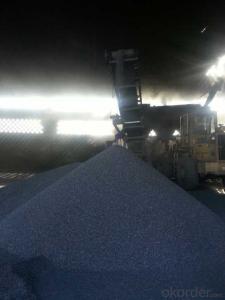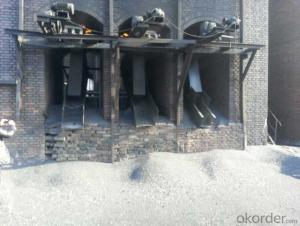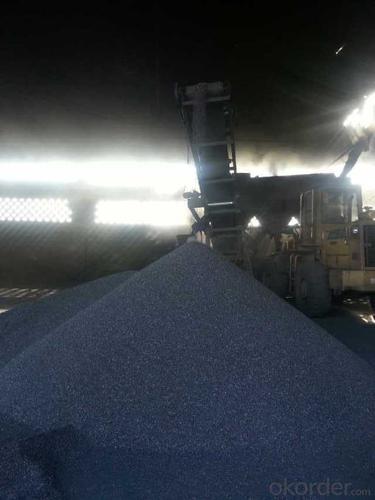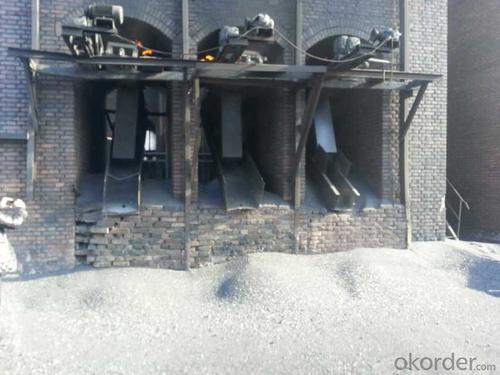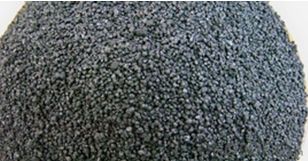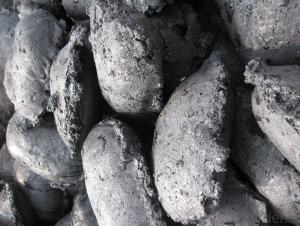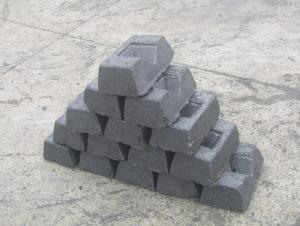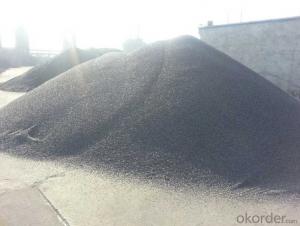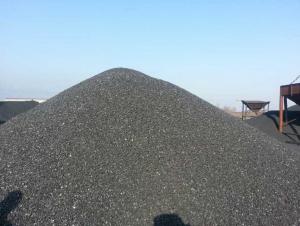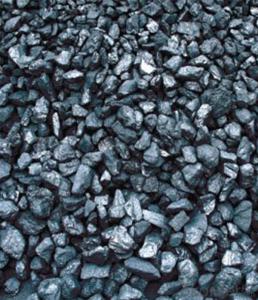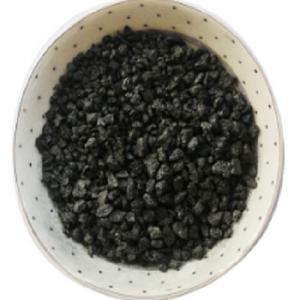Injection Carbon FC85 Originated in China
- Loading Port:
- Tianjin
- Payment Terms:
- TT OR LC
- Min Order Qty:
- 20 m.t.
- Supply Capability:
- 5000 m.t./month
OKorder Service Pledge
OKorder Financial Service
You Might Also Like
Packaging & Delivery
Injection Carbon FC85 Originated in China
25kgs/50kgs/1ton per bag or as buyer's request
Specifications
Injection Carbon FC85 Originated in China
Calcined Anthracite
S: 0.5% max
Size: 0-3. 3-5.3-15 or as request
Injection Carbon FC85 Originated in China
It used the high quality anthracite as raw materials through high temperature calcined at over 2000 by the DC electric calciner with results in eliminating the moisture and volatile matter from anthracite efficiently, improving the density and the electric conductivity and strengthening the mechanical strength and anti-oxidation. It has good characteristics with low ash, low resistvity, low sulphur, high carbon and high density. It is the best material for high quality carbon products.
Advantage and competitive of caclined anthracite:
Injection Carbon FC85 Originated in China
1. strong supply capability
2. fast transportation
3. lower and reasonable price for your reference
4.low sulphur, low ash
5.fixed carbon:95% -90%
6..sulphur:lower than 0.3%
General Specification of Calcined Anthracite:
Injection Carbon FC85 Originated in China
| FC | 90 | 88 | 85 | 83 | 82 |
| ASH | 8.5 | 10 | 12 | 14 | 15 |
| V.M. | 1.5 | 2 | 3 | 3 | 3 |
| S | 0.35 | 0.5 | 0.5 | 0.5 | 0.5 |
| MOISTURE | 0.5 | 1 | 1 | 1 | 1 |
Pictures
Injection Carbon FC85 Originated in China
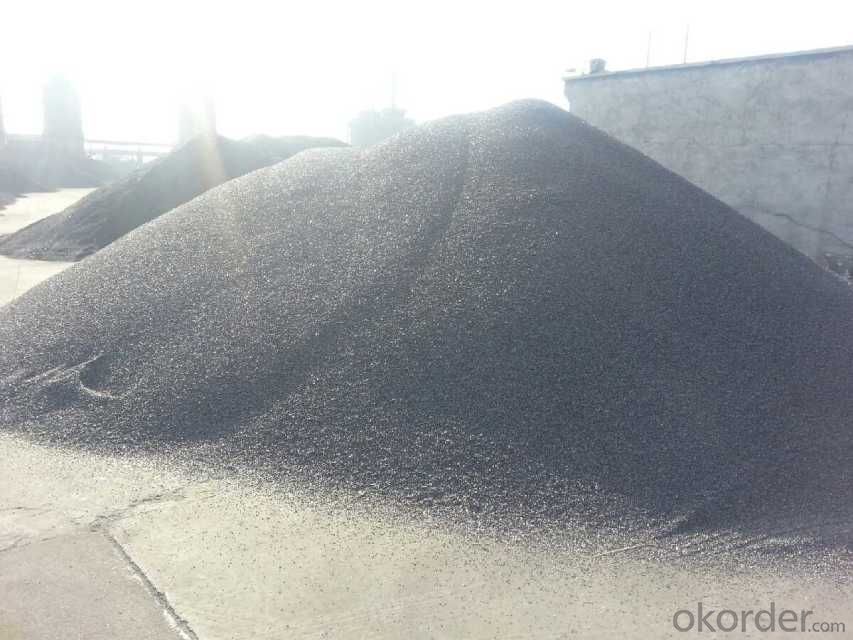
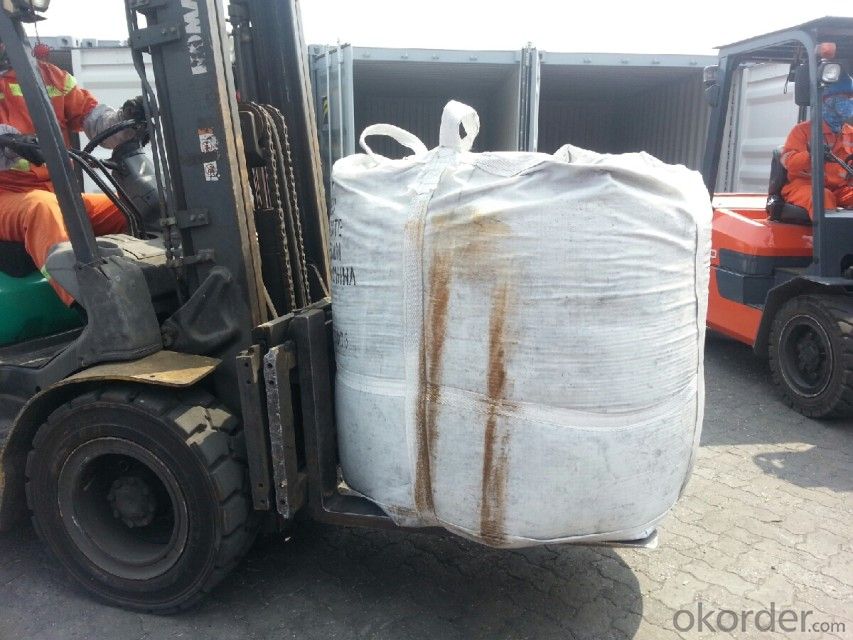
FAQ:
Why we adopt carbon additive?
Carbon Additives used as additive in steel making process. It made from well-selected Tai Xi anthracite which is low in content of ash, sulphur, phosphorus, high heat productivity, high chemically activation.
Mainly industry property of it is: instead of traditional pertroleum coal of Carbon Additives, reduce the cost of steelmaking.
- Q: How is carbon used in the production of paints and coatings?
- Carbon is commonly used in the production of paints and coatings as a pigment or filler. It can be derived from various sources, such as carbon black or activated carbon, and is added to paint formulations to provide color, opacity, and UV resistance. Additionally, carbon-based materials can be used as additives to enhance the durability, adhesion, and corrosion resistance of coatings.
- Q: How does carbon dioxide affect textile production?
- Carbon dioxide affects textile production in several ways. Firstly, the production of synthetic fibers such as polyester and nylon, which are widely used in the textile industry, involves the emission of carbon dioxide during the manufacturing process. This contributes to greenhouse gas emissions and climate change. Additionally, carbon dioxide is released during the combustion of fossil fuels used for energy in textile factories. This not only adds to the environmental impact but also affects air quality and human health. Moreover, the dyeing and finishing processes in textile production often require the use of chemicals that emit carbon dioxide when they break down or react with other substances. These emissions further contribute to the carbon footprint of the industry. Overall, carbon dioxide has a significant impact on textile production, primarily through the emissions generated during fiber manufacturing, energy consumption, and chemical usage. Therefore, efforts to reduce carbon dioxide emissions and transition to more sustainable practices are crucial for mitigating the environmental impact of the textile industry.
- Q: Buy carbon carving, how to identify him is true or false, and the quality of good or bad?
- General consumers believe that bamboo charcoal, powder, charcoal and purple carbon carving are "carbon" to do, and the former is very cheap, why not buy them, in fact, otherwise, because not the same kind of products. Bamboo charcoal and powdered activated carbon have little effect on the purification of indoor air. Their function is not different from that of a pack of quicklime - adsorption of water vapor. But consumers are not aware of this, they also propaganda have the function of purifying air and we mixed together to sell, finally, once consumers buy found not what role, will also lose confidence in carving, which makes us very sad.Let's talk about bamboo charcoal first. Charcoal is not a purple carbon carving, this is a common sense. If bamboo charcoal can also absorb toxic and harmful gases, then the main material of gas masks do not need to use more expensive activated carbon, but not sublimation of purple carbon carving, and the price of bamboo charcoal is not economical? Because the bamboo charcoal and charcoal are natural burning carbon, not activated by directional adsorption, namely, pickling, washing, activation process, the adsorption of activated carbon 1/10 is insufficient, they can have is to adjust the indoor temperature, not only this, as they advertised "bamboo charcoal is activated carbon is purple carbon carving".Say, powdered activated carbon.
- Q: What is carbon nanowire?
- Carbon nanowires are one-dimensional structures made entirely of carbon atoms. They are incredibly thin, with diameters ranging from a few nanometers to a few micrometers, while their length can vary from a few micrometers to several centimeters. These nanowires possess exceptional electrical, thermal, and mechanical properties due to their unique structure and composition. Carbon nanowires can be produced through various methods, such as chemical vapor deposition, electrospinning, or template synthesis. They can have different structures, including single-walled or multi-walled, and can be straight or coiled. The properties of carbon nanowires can be further enhanced by incorporating other elements or functional groups into their structure. One of the most significant advantages of carbon nanowires is their high electrical conductivity, which makes them suitable for various electronic and energy applications. They can be used as interconnects in nanoscale devices, electrodes in energy storage devices like batteries and supercapacitors, and in sensors for detecting various substances due to their exceptional sensitivity. Carbon nanowires also exhibit exceptional mechanical properties, such as high tensile strength and flexibility. These properties make them suitable for applications in nanotechnology, including reinforcement in composite materials, nanoscale actuators, or as templates for fabricating other nanoscale structures. Furthermore, carbon nanowires possess excellent thermal conductivity, which makes them potential candidates for thermal management applications, such as heat sinks or as fillers in thermal interface materials. In summary, carbon nanowires are ultrathin carbon-based structures with remarkable electrical, thermal, and mechanical properties. Their unique characteristics make them promising materials for a wide range of applications in electronics, energy, sensing, nanotechnology, and thermal management.
- Q: What is the concept of carbon equivalent? What is the relationship between carbon equivalent and weldability?
- C equivalent =[C+Mn/6+ (Cr+Mo+V) /5+ (Ni+Cu) /15]*100% formula: C, Mn, Cr, Mo, V, Ni, Cu are elements in the steel contentCarbon steel, determine the strength and weldability of the main factors is the carbon content. Alloy steel (mainly low-alloy steel) in addition to all kinds of alloy elements on the strength of carbon steel and welding also plays an important role.
- Q: How is carbon used in the production of nanoelectronics?
- The production of nanoelectronics involves the diverse utilization of carbon. One of the most notable applications is seen in the creation of carbon nanotubes (CNTs), which are cylindrical structures composed solely of carbon atoms. These nanotubes possess exceptional electrical and mechanical properties that render them highly suitable for incorporation into nanoelectronic devices. CNTs can serve as transistors, which serve as the fundamental building blocks of electronic circuits. Due to their diminutive size and outstanding electrical conductivity, CNT transistors have the capacity to generate high-performance, low-power devices. Consequently, they hold the potential to supplant conventional silicon transistors, thus enabling the development of more sophisticated and compact electronic devices. In addition, carbon plays a pivotal role in the production of graphene, a single layer of carbon atoms arranged in a two-dimensional honeycomb lattice. Graphene exhibits extraordinary electrical conductivity, thermal conductivity, and mechanical strength. Consequently, it can function as a conductive material in nanoelectronics, thereby facilitating the creation of swifter and more efficient electronic devices. Moreover, carbon-based materials can be employed in nanoelectronics for energy storage purposes. For example, carbon nanotubes and graphene can be harnessed in supercapacitors, energy storage devices that possess the ability to rapidly store and discharge substantial amounts of electrical energy. These carbon-based energy storage systems hold the potential to revolutionize the realm of portable electronics and electric vehicles. In conclusion, the extensive utilization of carbon in the production of nanoelectronics can be observed. Its distinctive properties, including heightened electrical conductivity, mechanical strength, and thermal conductivity, render it an ideal material for the advancement of high-performance electronic devices. Carbon nanotubes, graphene, and other carbon-based materials serve as crucial components in the fabrication of nanoelectronic devices, thereby enabling progress in computing power, energy storage, and the miniaturization of electronic components.
- Q: How is carbon used in the water treatment process?
- Carbon is used in the water treatment process as a highly effective adsorbent to remove organic compounds, chemicals, and impurities from water. It acts as a filter by trapping contaminants on its surface, improving the taste and odor of water and making it safe for consumption.
- Q: What are the consequences of increased carbon emissions on global trade?
- Global trade can be significantly affected by the increased carbon emissions. One immediate impact is the potential for countries and international agreements to impose stricter environmental regulations and carbon pricing mechanisms. This can result in higher costs for industries heavily reliant on carbon-intensive activities like manufacturing and transportation. Consequently, companies may experience increased production costs, which can be transferred to consumers through higher prices for goods and services. This can negatively impact global trade, as higher costs can reduce demand and hinder international competitiveness. Moreover, industries failing to comply with environmental regulations or carbon reduction targets may face trade barriers or sanctions, further limiting their participation in global trade. Another consequence of increased carbon emissions is the possibility of climate change-related disruptions to supply chains. Infrastructure can be damaged, transportation routes can be disrupted, and the availability and quality of resources can be affected due to rising temperatures, extreme weather events, and sea-level rise. This can cause delays in production and shipping, increased transportation costs, and a higher risk of interruptions in the supply chain. These disruptions can have far-reaching effects on global trade, impacting the flow of goods, services, and investments across borders. Additionally, increased carbon emissions contribute to global warming, which can have long-term implications for agricultural productivity and food security. Changes in temperature and precipitation patterns can result in crop failures, reduced yields, and shifts in agricultural production regions. This can disrupt global food supply chains, leading to price volatility and affecting trade flows. It may even exacerbate food shortages and inequalities. In conclusion, increased carbon emissions have multiple consequences for global trade. Stricter environmental regulations and carbon pricing can raise costs for industries, potentially reducing their competitiveness. Climate change-related disruptions to supply chains can cause delays, increased costs, and interruptions in trade. Furthermore, the impact of global warming on agricultural productivity can significantly affect food security and trade in agricultural commodities.
- Q: How does carbon impact the availability of renewable energy sources?
- Carbon impacts the availability of renewable energy sources in several ways. Firstly, carbon emissions from fossil fuel combustion contribute to climate change, which can have detrimental effects on the generation of renewable energy. For instance, rising temperatures and changing weather patterns can reduce the efficiency of solar panels and wind turbines. Secondly, the reliance on carbon-intensive energy sources limits the investment and development of renewable energy technologies. By transitioning to cleaner energy sources, such as solar, wind, and hydroelectric power, we can reduce carbon emissions and enhance the availability and viability of renewable energy options.
Send your message to us
Injection Carbon FC85 Originated in China
- Loading Port:
- Tianjin
- Payment Terms:
- TT OR LC
- Min Order Qty:
- 20 m.t.
- Supply Capability:
- 5000 m.t./month
OKorder Service Pledge
OKorder Financial Service
Similar products
Hot products
Hot Searches
